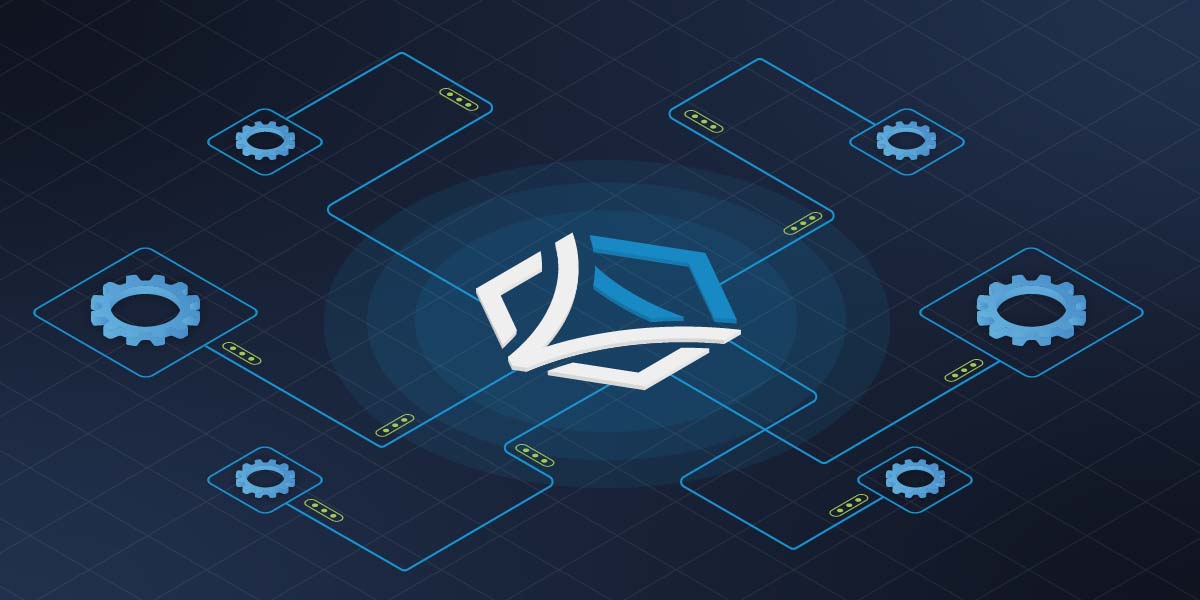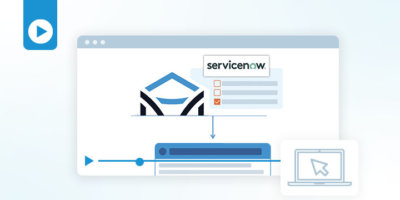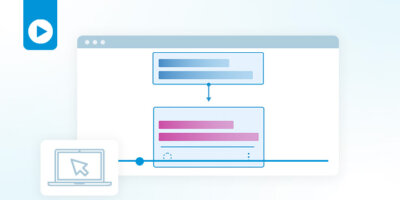Whether we like it or not, much of the world today is conditioned to expect always-available, self-service applications that provide immediate, complete response and delivery. While this expectation didn’t develop overnight, organizations have increasingly adopted these self-service methods at breakneck speeds, touching many different aspects of their business in the process.
This expectation is putting self-service capabilities at the top of the priority list of IT strategies, from external customer facing applications and services to providing fast deployment of internal IT infrastructure, applications, and services to employees – both inside and outside the IT organization. However, in order to provide the most value to customers and internal teams, self-service methods have to do much more than provide a nicely designed front-end for placing initial orders. The expectation is that when the order is sent, the process will be handled rapidly, with real-time updates for each major stage resulting in a fully functioning, completed order.
Whether you’re buying from Amazon, ordering dinner for the family, or spinning up infrastructure in the cloud, these are the baseline expectations that must be met. For IT organizations this presents a challenge as they need to provide high quality self-service, which requires a tremendous amount of automation. From the second the submit button is clicked initiating an order, automating the network along with the rest of IT has become complex challenge they must overcome.
In order to unlock the full value of self-service automation, every IT domain must have the right tools to enable those teams to leverage their deep knowledge and expertise of that domain into fully functioning automations that interoperate with the automations of other IT domains.
Low-Code Solutions are Key to Network Teams Unlocking the Value of Self-Service Automation
The networking domain is finally moving into a state where automation is top of mind, but networking is complex and spans across physical, virtual, and cloud infrastructure. Network engineers find themselves in a “between a rock and a hard place” situation where they have a significant backlog to address that requires a lengthy manual process. This in turn leaves them with very little time to learn new skills to build automations that can alleviate yet another backlog.
The problem is multiplied when the perceived solution to building network automations can only be accomplished by learning Python to write code, or even learning to write YAML for Ansible. Both options are heavy lifts for any network engineers, with some teams calling on professional developers to help them write automation code. While that may seem like great cross-department collaboration at the surface, it uncovers a deeper seeded problem of the complexity of networks that require that network expert to still be intimately involved, not only to ensure that the automation will work, but to also trust the automation to run on the network.
This is why low-code platforms can provide the perfect balance for network teams who are being tasked to automate network changes in order to participate in self-service strategies. Low-code solutions significantly lower the skills gap and time needed to start building automations and provide a rapid way to extend their knowledge of the proper methods to manage these changes into the automation logic. When you’ve built and tested the automation, you can be more confident the automation will work.
Self-Service Network Automation Requires an Integrated Approach
Network teams looking to bring value to self-service processes must also look at the vast number of network and IT systems that they will need to integrate with as part of their automations. Ordering a new application or service may require infrastructure changes across many different parts of the enterprise network. Applications may reside in a data center or in a cloud platform (or both!) and need to connect to users across an SD-WAN connection. Your automation will need to not only integrate with these specific network systems, but quite a few IT systems as well.
To automate the configuration of any of these networks, you have to have some amount of information from authoritative sources. This data gathering process must also be automated along with the network change that uses this data, which means that integrating IT systems is critical to meet the expectations for self-service automations. IT systems like ServiceNow, NetBox or Infoblox, and databases may hold the data needed for successful network automation. This is why it’s important to understand how you are going to not only integrate with these systems, but also how to gather and manipulate that data, and manage these assets over time as existing systems get upgraded, new systems are added, or old systems are removed.
Building an End-to-End Self-Service Strategy
For network teams to participate in self-service solutions they must have a way to securely publish these end-to-end automations so they can be utilized as part of the larger IT strategy. The initial thought of many network teams who start this journey is to create an automation that can run to help with individual routine tasks. Eventually, that automation can become useful for other members on the network team who do similar work.
However, while automating routine tasks is a useful way to leverage automation initially, the bigger picture is to bring automation value for your entire IT domain. From automating IT data gathered across systems to automating the change requests across IT infrastructure, these automations can and should be available in a self-service portal for any request that has an automation that is built, tested, and published by the experts of that domain. The key is to publish the automations using standards-based API methods like OpenAPI with secure, authenticated, and encrypted standard protocols.
Self-service methodologies are here to stay, along with increasingly higher end-user expectations of rapid response, updates, and completed delivery. To deliver these expectations, IT organizations must focus on providing the right tools that enable every team to build, manage, and share their automations to they can operate together to achieve the common goal of providing high quality service to the customer.
Network teams have several unique challenges, which is the very reason we built the Itential Automation Platform. Network teams that utilize our automation solutions can start building automations in less time than traditional tools with our low-code automation canvas, simplified integration process, and vast library of Pre-Built Automations. Integrating with any type of network, sources of truth, ITSM, or any IT system is also a very straightforward and uncomplicated process, and the same teams can securely publish their automations in a few clicks, so they can be used as part of the larger IT self-service initiatives.
Network teams using our platform to enable self-service solutions have seen requests fulfilled in minutes, when it was previously accomplished in days, with details of the entire process communicated in team messaging systems, and with the full ticket-to-ticket process automated and fully documented.
To find out more about how your network team can participate and bring value to the self-service strategy check out this eBook to see how you can easily go from scripts to self-service automation with Itential or schedule some time with our experts to get a custom demo of our solution.





